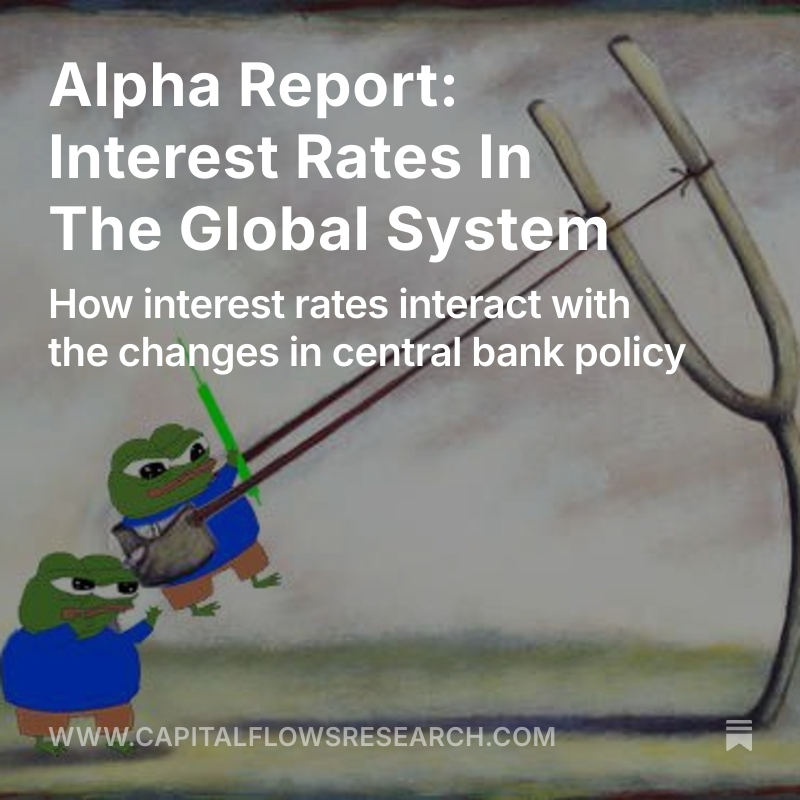A massive rate futures position is taking shape: traders are betting that the next Fed chair — post-Powell — will move to cut rates aggressively starting mid-2026.
This has triggered record SOFR fly flows and distorted curve structure. Let’s walk through what’s happening 🧵
The core of the bet:
→ Sell Mar 2026 SOFR
→ Buy Jun 2026 SOFR
This anticipates that Powell’s successor, potentially appointed by Trump, would ease policy quickly after taking office.
📊 Chart: SOFR fly distortion and volume spike

The Mar-Jun 2026 spread saw record volumes Monday (108K contracts), equal to ~$2.7M per basis point of DV01 risk.
This is not marginal positioning—it’s a statement on how the market sees regime change risk embedded in Fed policy.
With Trump stating he’ll name a new Fed chair “very soon,” traders have begun to price ~43bps of Fed easing by year-end — a shift from previous expectations of only 25bps.
Market participants are already reacting to the "shadow chair" effect.
Cash market behavior confirms the unwind.
JPM’s Treasury client survey shows the fewest outright shorts since early May. Clients are scaling back duration shorts as the political path for policy change comes into focus.
📊 Chart: JPM Treasury Positioning Survey

Options data adds more depth.
Activity has exploded in strikes around 95.625–95.875 across Sep25, Dec25, and Mar26, including complex put trees, spreads, and rolling structures.
These aren’t passive hedges—they’re building conviction.
📊 Chart: Most Active SOFR Option Strikes
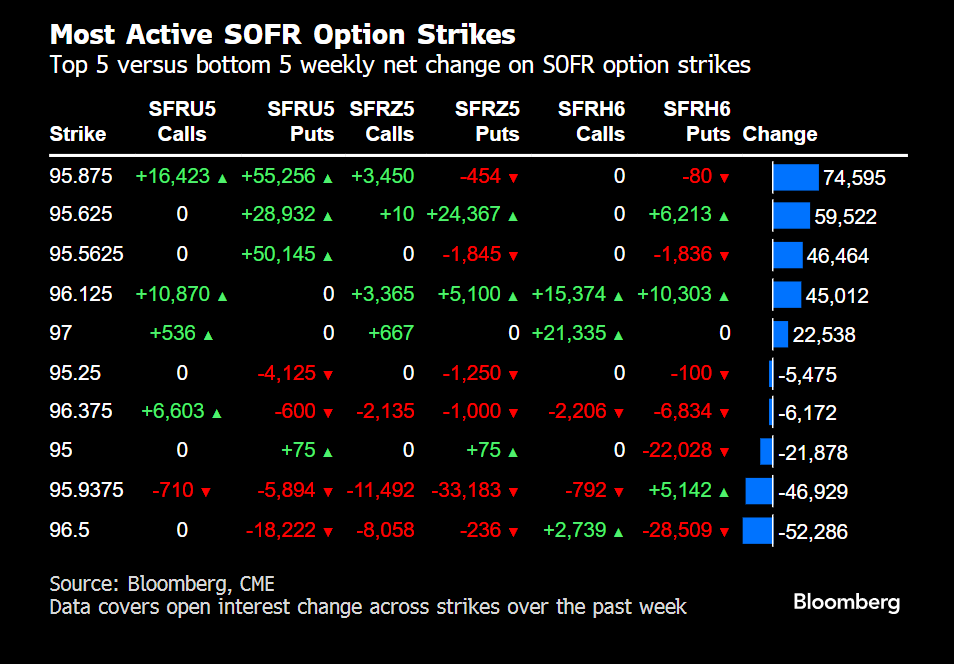
The options heatmap shows these are the most populated strikes in the SOFR curve—concentrated around key Fed policy thresholds.
Big flows seen in Sep and Dec puts. Volumes are clustering where policy inflection is implied.
📊 Chart: SOFR Options Open Interest
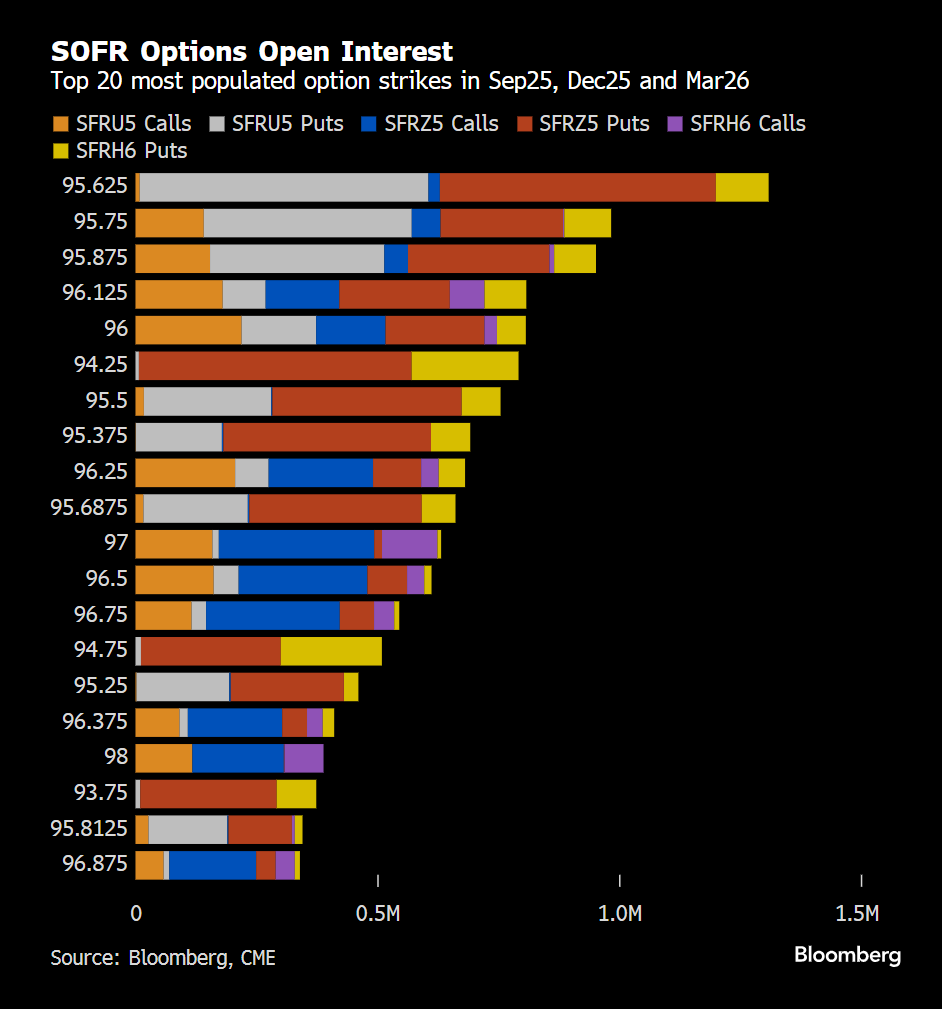
Skew confirms the structural repositioning.
There’s been a normalization in long bond skew (down from extreme put premium), while front-end and belly tenors now show slight call skew — implying more premium to hedge rates down, not up.
📊 Chart: Treasury Options Call/Put Skew
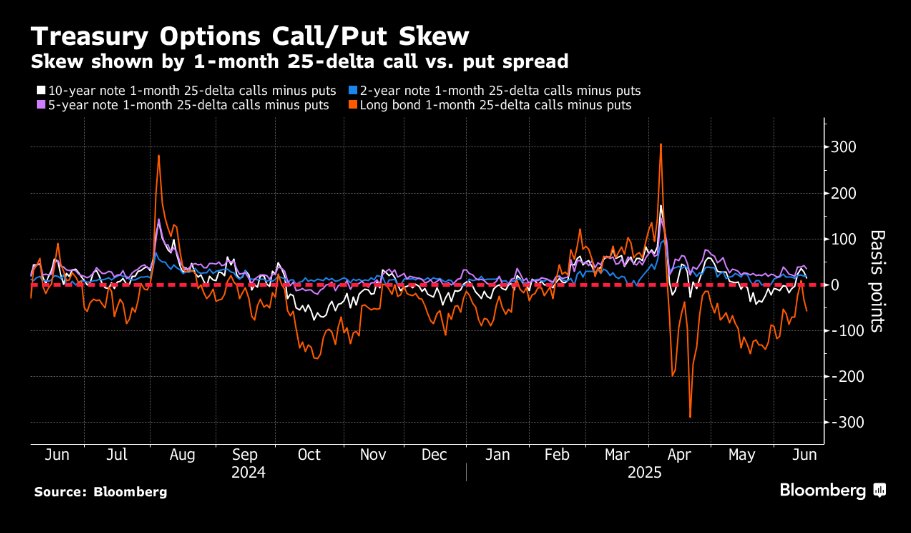
CFTC futures positioning data supports this:
• Hedge funds covered shorts in long-end futures
• Asset managers added 2yr longs, cut long bond longs
• SOFR net long was reduced
Positioning is being rebalanced across the curve to absorb Powell-transition risk.
📊 Chart: Treasury Futures Positioning
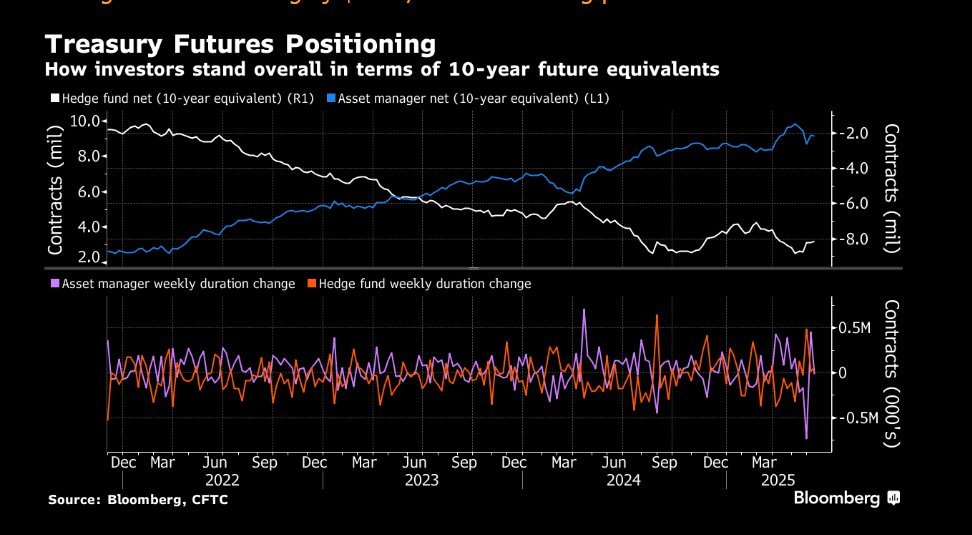
This isn't just a trade—it's a proxy for regime transition risk at the Fed.
With elevated Treasury issuance, volatile inflation inputs, and 2026 looming, markets are no longer treating Powell’s exit as benign.
The bid for asymmetric risk is getting louder.
See the macro view I laid out for rates into the end of the year here:
And the most recent alpha report for bond trades is here:
88
13.39K
The content on this page is provided by third parties. Unless otherwise stated, OKX is not the author of the cited article(s) and does not claim any copyright in the materials. The content is provided for informational purposes only and does not represent the views of OKX. It is not intended to be an endorsement of any kind and should not be considered investment advice or a solicitation to buy or sell digital assets. To the extent generative AI is utilized to provide summaries or other information, such AI generated content may be inaccurate or inconsistent. Please read the linked article for more details and information. OKX is not responsible for content hosted on third party sites. Digital asset holdings, including stablecoins and NFTs, involve a high degree of risk and can fluctuate greatly. You should carefully consider whether trading or holding digital assets is suitable for you in light of your financial condition.

